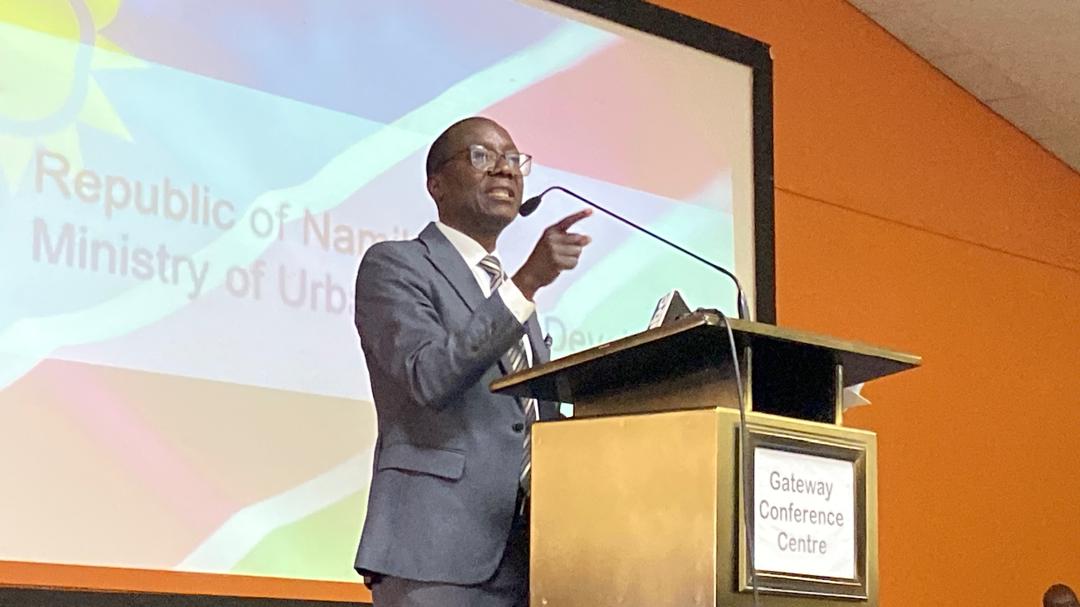N$130 000 is being spent by the Ministry of Environment and Tourism (MET) for fence maintenance around important Damara Tern breeding areas south of Swakopmund.
According to the Co-ordinator of the Namibian Coast Conservation and Management Project (Nacoma), Rod Braby, who pioneered Damara Tern conservation at the coast, the upgrade and maintenance of about 33km of fence has started in preparation for the bird’s breeding period, which generally starts from September each year.’We are injecting N$130 000 into the upgrading, repair and maintenance of the fence. About 18km of cable will be replaced,’ he said. ‘Dune sand that’s covering portions of the fence will be addressed or the barrier moved onto more stable terrain,’ Braby said.The fenced off areas, which are at Caution Reef, north of Long Beach, and around the gravel plains near the Horses’ Graveyard, just south of the Swakop River, have proved successful in securing the bird’s breeding habitat and general conservation.The areas have to be fenced off to protect them against destructive off-road vehicle activities, which are still a challenge to conservation authorities at the coast, and for people to be familiar with the exact boundary of the breeding areas. Besides off-road activities scarring the sensitive gravel plains ‘for life’, many nests and eggs have also been destroyed, forcing the birds to become insecure and severely stressed, impacting negatively on their breeding success.’Ever since we closed the areas off with fencing, and put up signs indicating that these are Damara Tern breeding areas, we have seen an improvement in the amount of birds coming here and reduced impact of humans on their breeding success,’ Braby said.He said that he hoped that last year’s count of 140 breeding pairs would increase this year.Braby said that besides work being done on the fences, people will also see a 4×4 vehicle inside the protected areas. The vehicle will be marked with a Damara Tern Project sticker, and the reason for its presence is that monitoring of the birds has begun. The monitoring work is necessary to record numbers, breeding success, health, predators and many other issues and is part of a long term database maintenance project to support Integrated Coastal Management, according to Braby.
Stay informed with The Namibian – your source for credible journalism. Get in-depth reporting and opinions for
only N$85 a month. Invest in journalism, invest in democracy –
Subscribe Now!









